
How to Use PCM1052A: Examples, Pinouts, and Specs
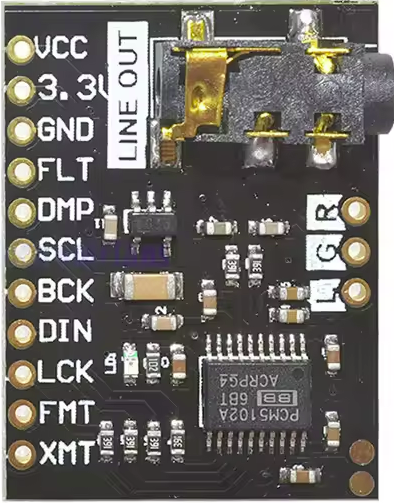
 Design with PCM1052A in Cirkit Designer
Design with PCM1052A in Cirkit DesignerIntroduction
The PCM5102A DAC Decoder Board is a high-performance, low-power, 24-bit stereo audio digital-to-analog converter (DAC) designed for audio applications. Manufactured by diymore, this component boasts a dynamic range of 105 dB and supports sampling rates up to 192 kHz. It is ideal for applications requiring high-quality audio output, such as digital audio players, home theater systems, and audio interfaces.
Explore Projects Built with PCM1052A
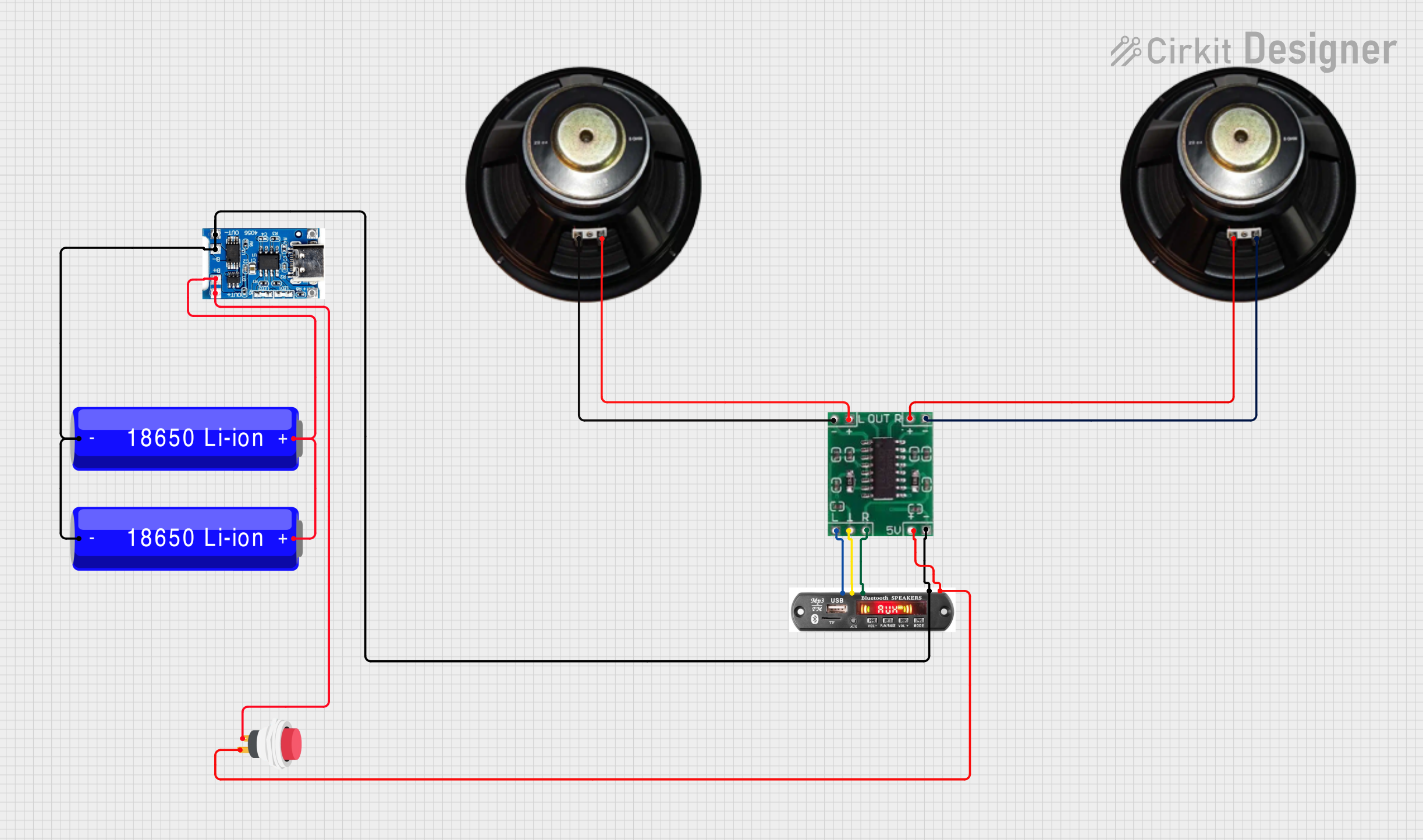
 Open Project in Cirkit Designer
Open Project in Cirkit Designer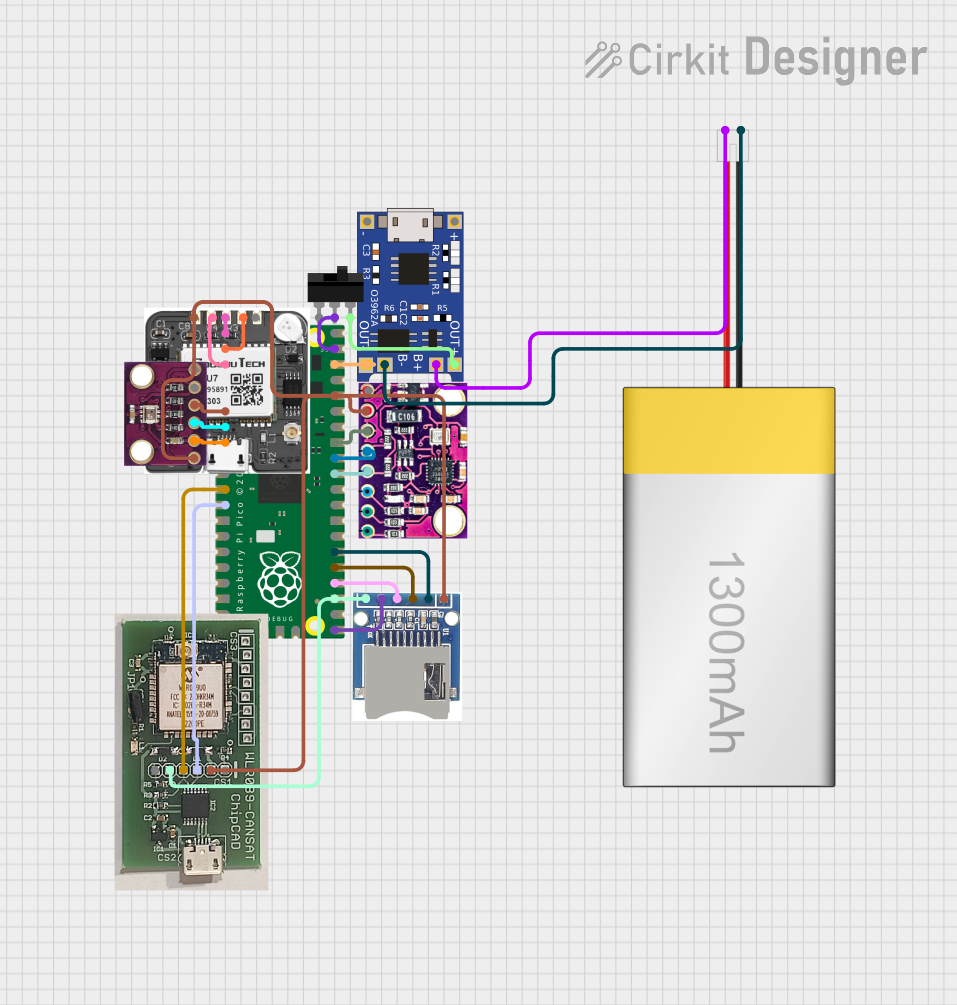
 Open Project in Cirkit Designer
Open Project in Cirkit Designer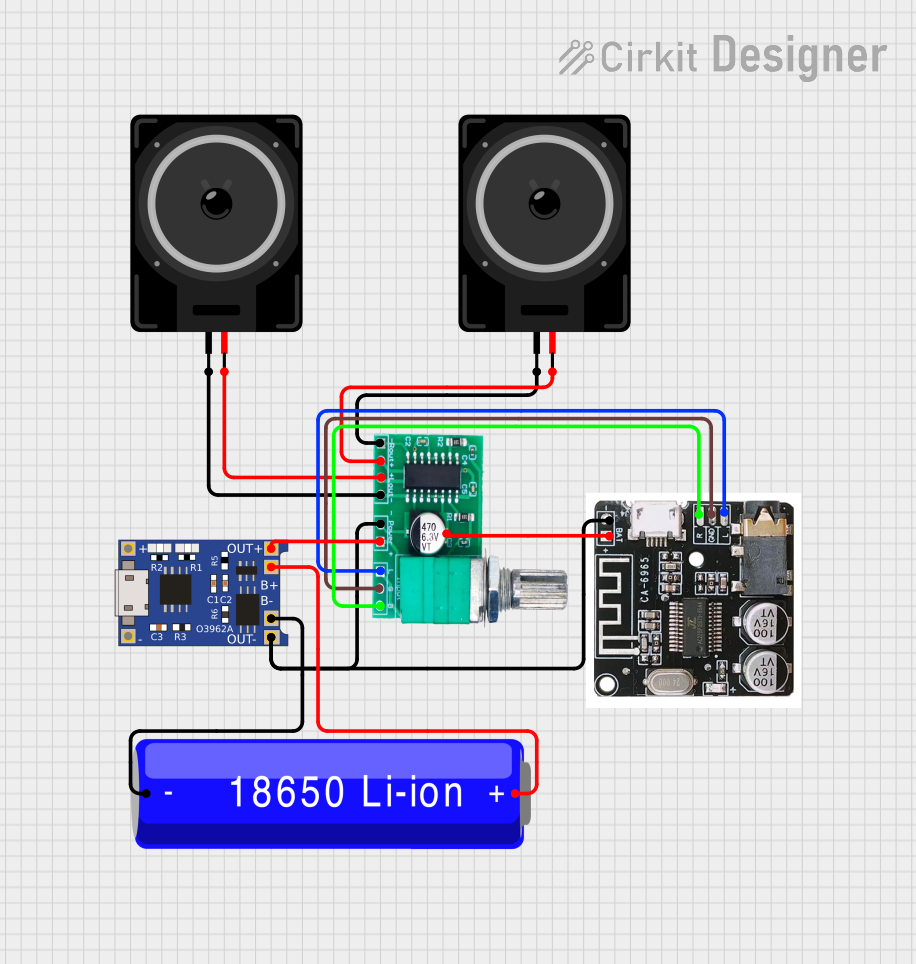
 Open Project in Cirkit Designer
Open Project in Cirkit Designer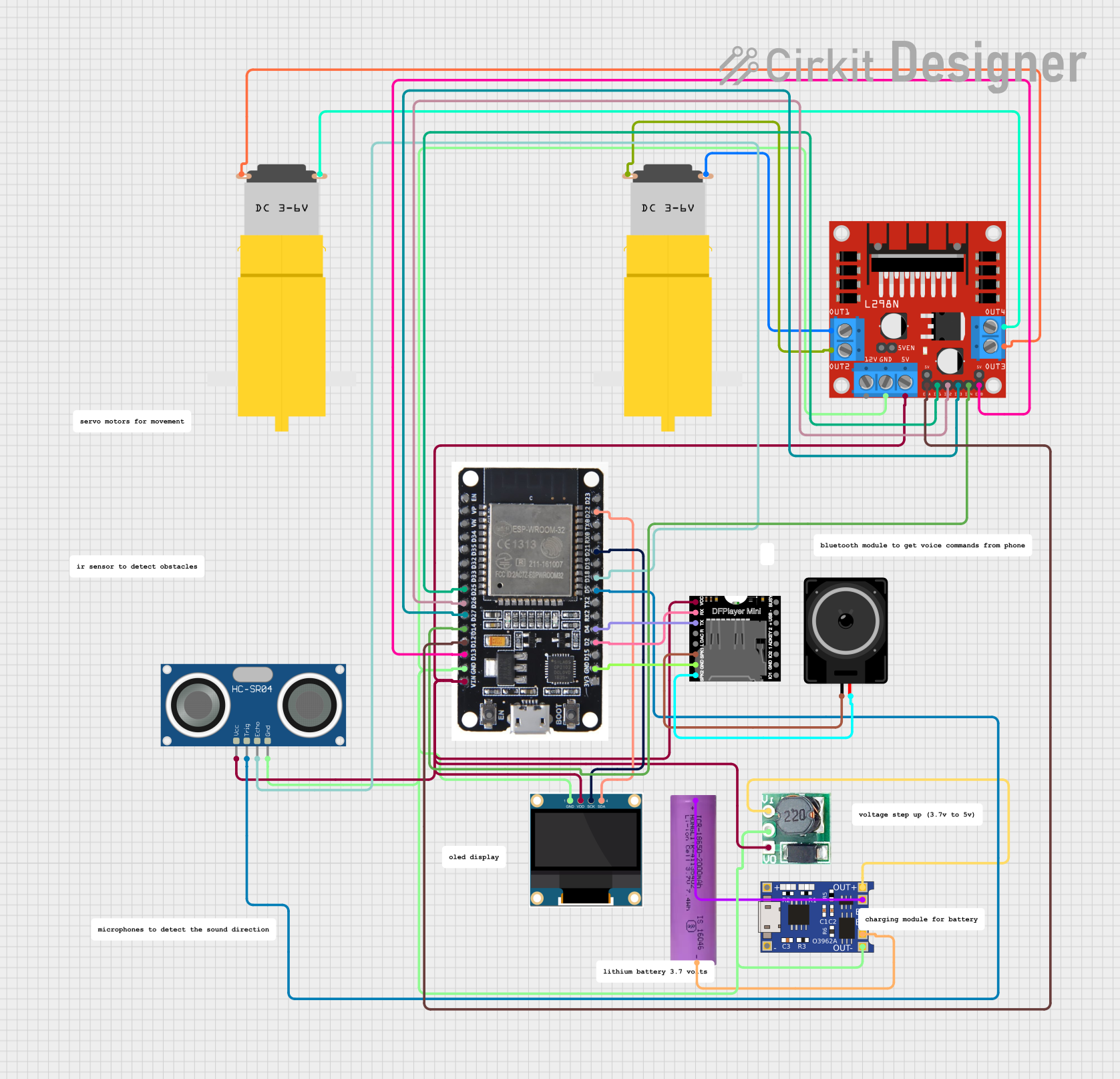
 Open Project in Cirkit Designer
Open Project in Cirkit DesignerExplore Projects Built with PCM1052A

 Open Project in Cirkit Designer
Open Project in Cirkit Designer
 Open Project in Cirkit Designer
Open Project in Cirkit Designer
 Open Project in Cirkit Designer
Open Project in Cirkit Designer
 Open Project in Cirkit Designer
Open Project in Cirkit DesignerTechnical Specifications
Key Technical Details
| Parameter | Value |
|---|---|
| Manufacturer | diymore |
| Part ID | PCM5102A DAC Decoder Board |
| Resolution | 24-bit |
| Dynamic Range | 105 dB |
| Sampling Rate | Up to 192 kHz |
| Power Supply Voltage | 3.3V to 5V |
| Interface | I2S, IIC |
| Output Type | Stereo Analog |
| Power Consumption | Low Power |
Pin Configuration and Descriptions
| Pin Number | Pin Name | Description |
|---|---|---|
| 1 | GND | Ground |
| 2 | VCC | Power Supply (3.3V to 5V) |
| 3 | LRCK | Left/Right Clock (I2S Interface) |
| 4 | BCK | Bit Clock (I2S Interface) |
| 5 | DATA | Serial Data Input (I2S Interface) |
| 6 | SCL | Serial Clock Line (IIC Interface) |
| 7 | SDA | Serial Data Line (IIC Interface) |
| 8 | FMT | Format Selection (I2S/IIC) |
| 9 | XSMT | Mute Control |
| 10 | FLT | Filter Selection |
| 11 | SCK | System Clock |
| 12 | GND | Ground |
Usage Instructions
How to Use the Component in a Circuit
- Power Supply: Connect the VCC pin to a 3.3V or 5V power supply and the GND pin to the ground.
- I2S Interface: Connect the LRCK, BCK, and DATA pins to the corresponding pins on your microcontroller or audio source.
- IIC Interface: Connect the SCL and SDA pins to the IIC bus of your microcontroller.
- Control Pins: Use the FMT pin to select the desired data format (I2S or IIC). The XSMT pin can be used to mute the output, and the FLT pin can be used to select the filter type.
- System Clock: Connect the SCK pin to the system clock source.
Important Considerations and Best Practices
- Ensure that the power supply voltage is within the specified range (3.3V to 5V).
- Use proper decoupling capacitors close to the power supply pins to minimize noise.
- Keep the I2S and IIC signal lines as short as possible to reduce interference.
- Follow the recommended layout guidelines for high-frequency signals to ensure signal integrity.
Example: Connecting to an Arduino UNO
#include <Wire.h>
#include <I2S.h>
void setup() {
// Initialize I2S with 32-bit data and 44.1 kHz sample rate
if (!I2S.begin(I2S_PHILIPS_MODE, 44100, 32)) {
Serial.println("Failed to initialize I2S!");
while (1); // Halt if I2S initialization fails
}
// Initialize IIC communication
Wire.begin();
Serial.begin(9600);
}
void loop() {
// Example: Send a sine wave to the DAC
for (int i = 0; i < 360; i++) {
float sample = sin(i * PI / 180);
int32_t sampleValue = (int32_t)(sample * 2147483647); // Convert to 32-bit
I2S.write(sampleValue); // Send sample to DAC
delay(1); // Delay to control sample rate
}
}
Troubleshooting and FAQs
Common Issues and Solutions
No Audio Output:
- Solution: Check the power supply connections and ensure the voltage is within the specified range. Verify that the I2S and IIC connections are correct and secure.
Distorted Audio:
- Solution: Ensure that the I2S clock signals (LRCK, BCK) are stable and within the specified frequency range. Check for proper grounding and minimize noise on the power supply lines.
I2S Initialization Failure:
- Solution: Verify that the I2S library is correctly installed and that the microcontroller supports I2S communication. Ensure that the sample rate and data format are correctly configured.
FAQs
Q1: Can the PCM5102A be used with a 5V power supply?
- A1: Yes, the PCM5102A can operate with a power supply voltage ranging from 3.3V to 5V.
Q2: What is the maximum sampling rate supported by the PCM5102A?
- A2: The PCM5102A supports sampling rates up to 192 kHz.
Q3: How do I select the data format (I2S/IIC)?
- A3: Use the FMT pin to select the desired data format. Refer to the datasheet for the specific configuration.
Q4: Can I mute the audio output?
- A4: Yes, you can use the XSMT pin to mute the audio output.
Q5: What type of filter can be selected using the FLT pin?
- A5: The FLT pin allows you to select between different digital filter types. Refer to the datasheet for detailed information on filter selection.
By following this documentation, users can effectively integrate the PCM5102A DAC Decoder Board into their audio projects, ensuring high-quality audio output and reliable performance.